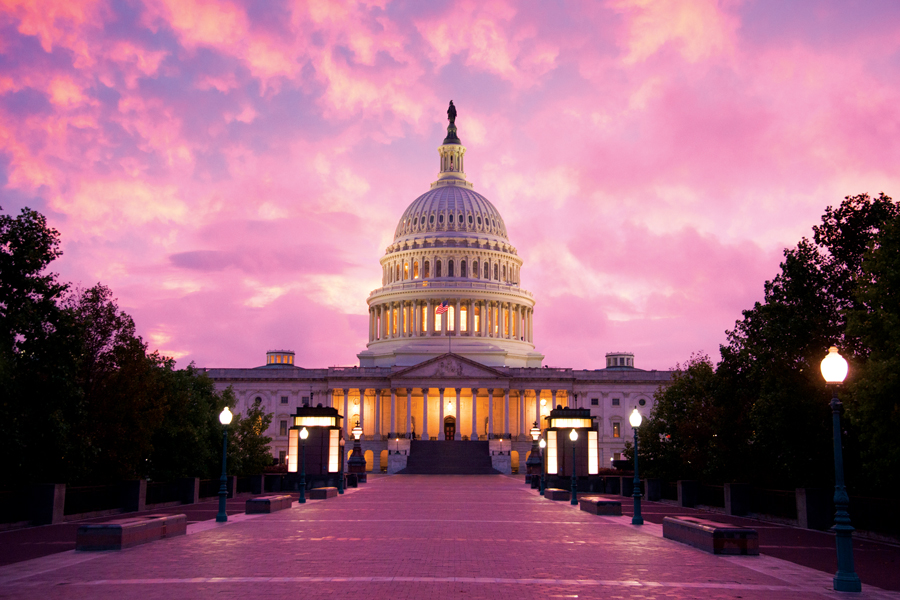

Investment advisers are enthusiastic about SECURE 2.0, the retirement savings legislation making its way through Congress, because they say it will help clients and create financial planning opportunities.
Last month, the House approved the Securing a Strong Retirement Act in an overwhelming bipartisan vote, 414-5. The measure is known as SECURE 2.0 because it's the sequel to a major retirement policy bill, the SECURE Act, that became law in 2019.
“It’s quite a big step forward in many ways,” said Aaron Schumm, CEO of Vestwell. “This is about helping people save, and it doesn’t create a burden for employers. There’s more attention on retirement savings than I’ve ever seen.”
Like its predecessor, the 139-page SECURE 2.0 takes a comprehensive approach to expanding access to workplace retirement plans and increasing retirement savings.
Its many provisions include those to raise the required minimum distribution age from 72 to 75; automatically enroll workers in retirement programs and increase their contributions each year; provide more generous tax breaks for small companies that establish retirement plans; improve retirement coverage for part-time workers; increase catch-up contributions from $6,500 annually to $10,000 for people between 62 and 64; and allow employers to make contribution to retirement plans to match employees’ student loan payments.
“It benefits the individuals who are at both ends of their career,” said Emily Smith, director of financial planning at Williams Jones Wealth Management, referring to the automatic enrollment and escalation features of the bill, as well as the boost in the RMD age.
“I’m a big proponent of starting to save for your retirement as early as you can,” Smith said. “We are constantly talking to the next generation about how to set yourself up for financial success.”
She said she also has quite a few clients who have decided to work later into life.
“For people delaying retirement, it’s great to push out RMDs,” Smith said.
Giving seniors more time before they have to tap their retirement accounts also allows advisers to be more creative with retirement funds.
“As advisers, that gives us a longer runway to do more Roth conversions in lower amounts,” said Jonathan Thomas, an adviser at LVW Advisors.
The catch-up provisions of SECURE 2.0 would be a boon to clients who need to put away more money before concluding their careers, said Nick Covyeau, owner of Swell Financial. Those additional years of compound earnings can make a meaningful difference in retirement security.
“Getting that extra layer of savings really helps,” Covyeau said.
The auto enrollment and escalation would help clients in the early stages of their careers boost their retirement savings.
“You’d be shocked at the number of people who think they’re maxing out their 401(k) but are just meeting their employer match,” Thomas said.
Many employees carry significant student debt to their first jobs and farther into their careers. That’s why advisers are hopeful that the provision allowing employers to contribute to a retirement plan to match an employee’s loan payment becomes law.
That would relieve the tension many workers face between addressing their debt and building a nest egg.
“That’s huge,” Covyeau said. “We no longer have this either-or dilemma.”
The incentives the bill provides for small-company retirement plans also could benefit advisers who want to accelerate their retirement business, Schumm said. It's projected that the small-plan market will more than double by 2025.
“Now, with SECURE 2.0, advisers have an increased opportunity to attract new small-business clients as well as help their existing clients understand the incentives and expand coverage of previously excluded employees,” Schumm said.
The SECURE 2.0 bill is still a ways from enactment. The Senate could take it up or develop its own retirement savings package from several bills that have been introduced in that chamber. The legislative clock is ticking quickly as the midterm elections approach.
Even if SECURE 2.0 makes it to President Biden’s desk this year, it shouldn’t be the end of the effort to expand retirement security, Covyeau said. “We’re moving in the right direction, but we have a long way to go.”
Editor’s note: This story has been updated to reflect accurately what Jonathan Thomas of LVW Advisors said about retirement plan participants failing to maximize their contributions.

Research reveals a 4% year-on-year increase in expenses that one in five Americans, including one-quarter of Gen Xers, say they have not planned for.

Raymond James also lured another ex-Edward Jones advisor in South Carolina, while LPL welcomed a mother-and-son team from Edward Jones and Thrivent.

MyVest and Vestmark have also unveiled strategic partnerships aimed at helping advisors and RIAs bring personalization to more clients.

Wealth management unit sees inflows of $23 billion.

Deal will give US investment bank a foothold in lucrative European market.
Orion's Tom Wilson on delivering coordinated, high-touch service in a world where returns alone no longer set you apart.
Barely a decade old, registered index-linked annuities have quickly surged in popularity, thanks to their unique blend of protection and growth potential—an appealing option for investors looking to chart a steadier course through today's choppy market waters, says Myles Lambert, Brighthouse Financial.
